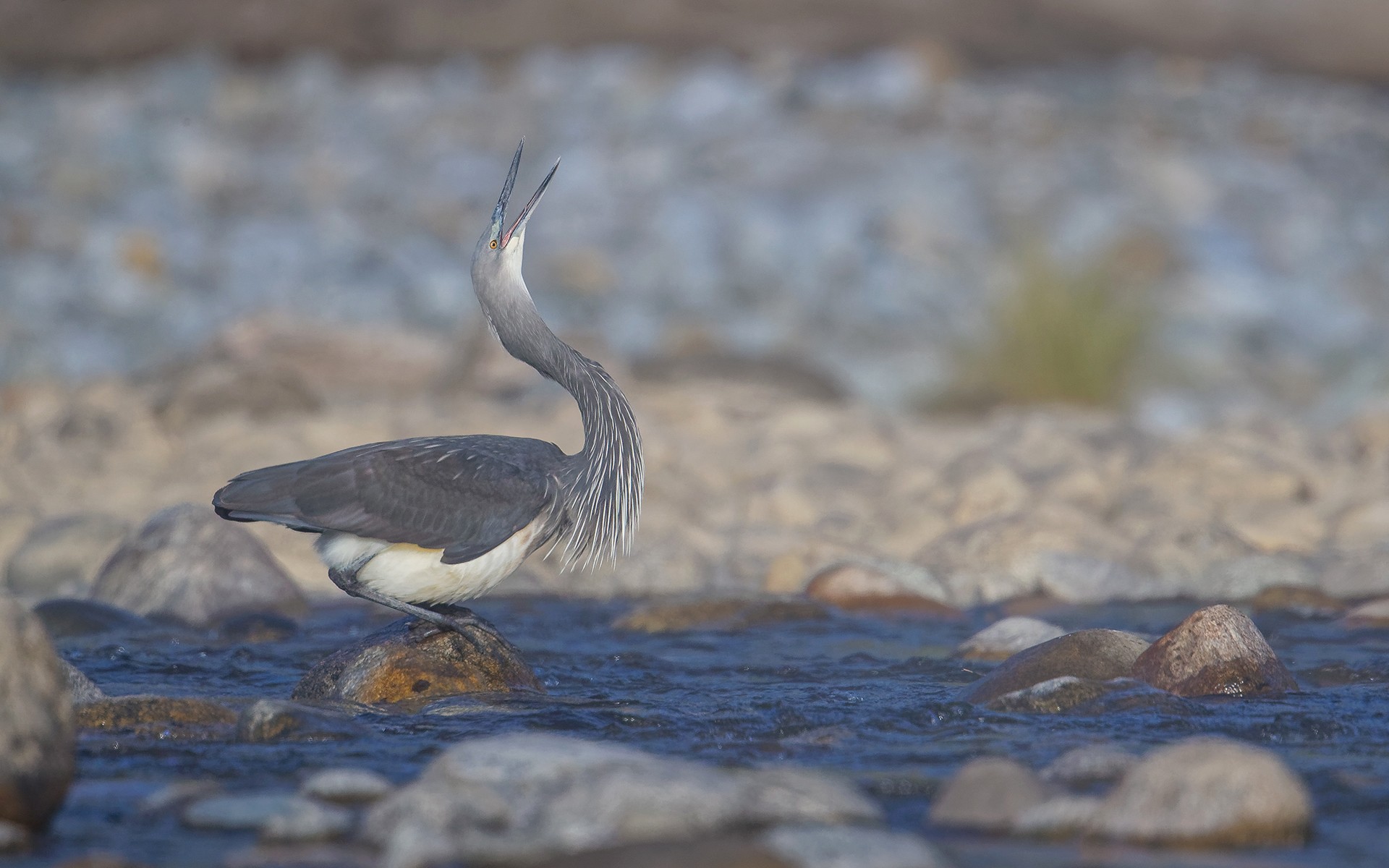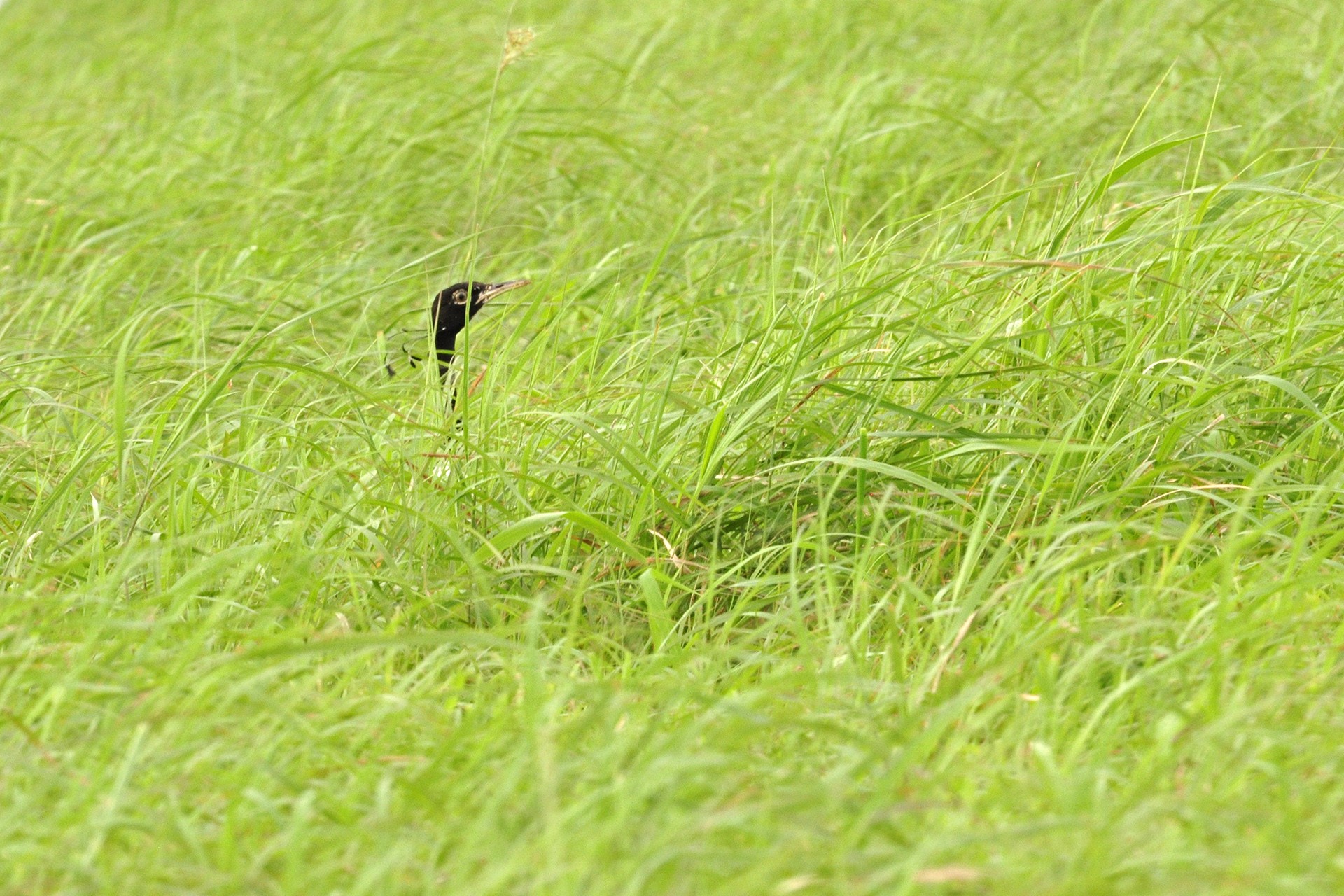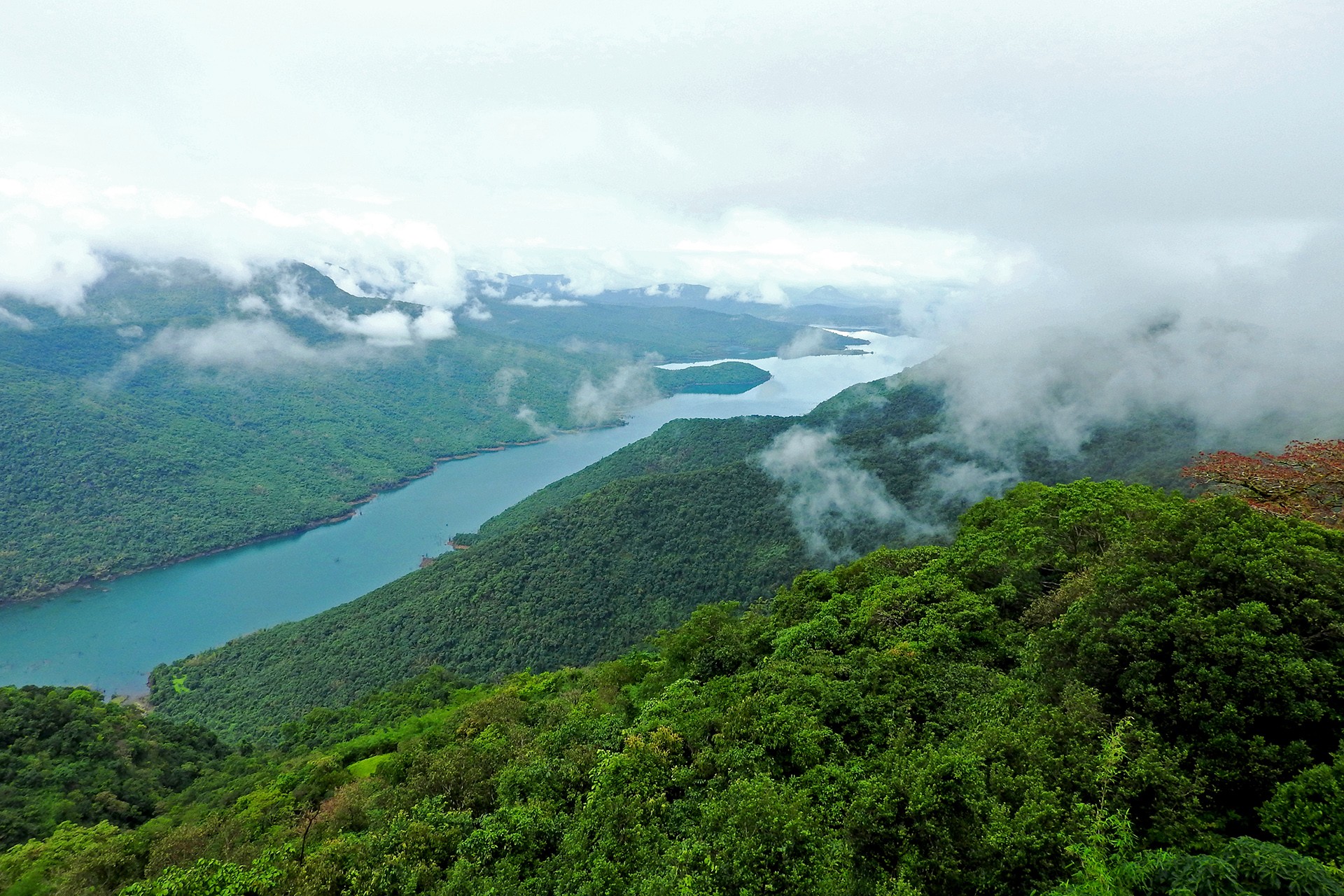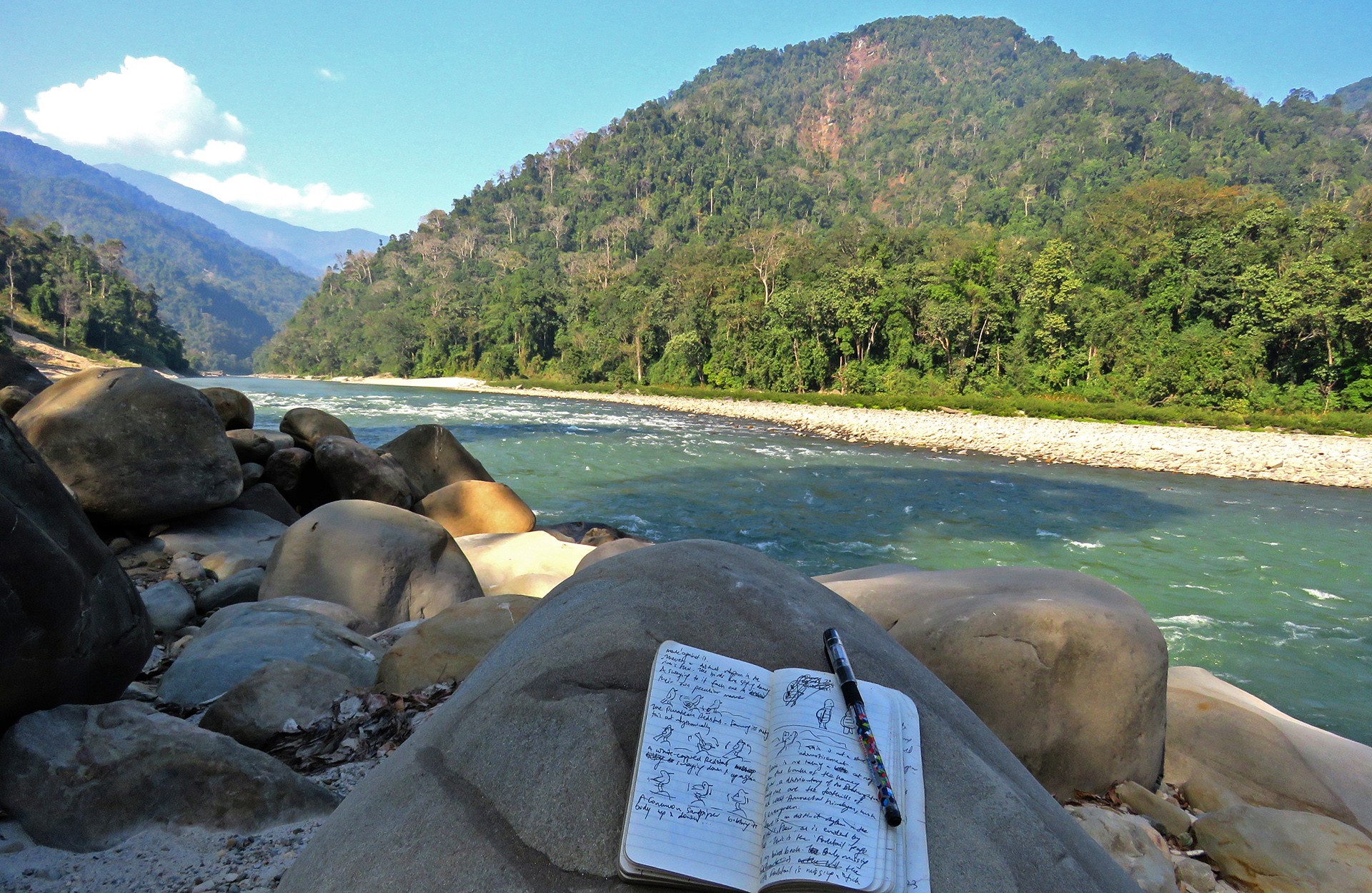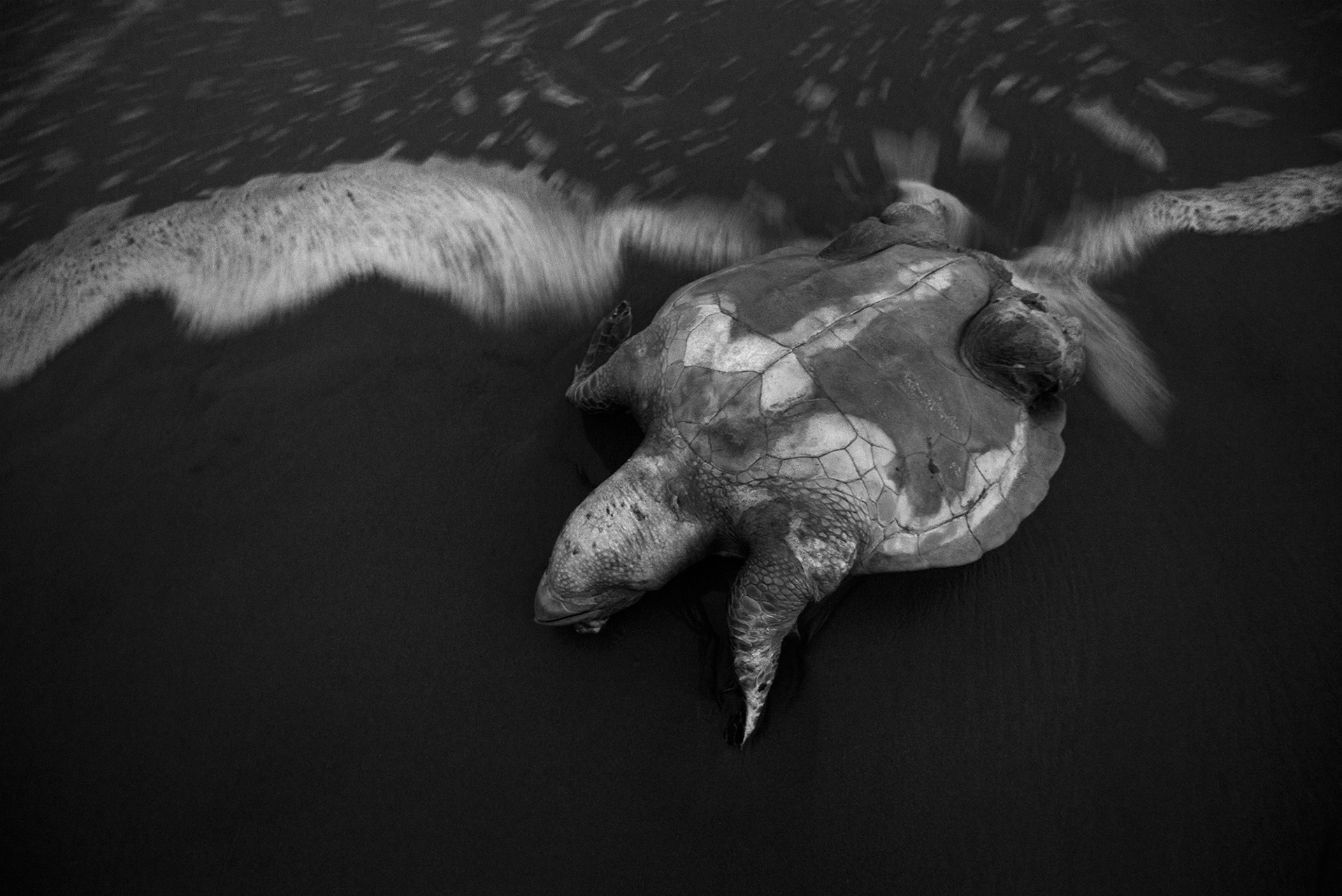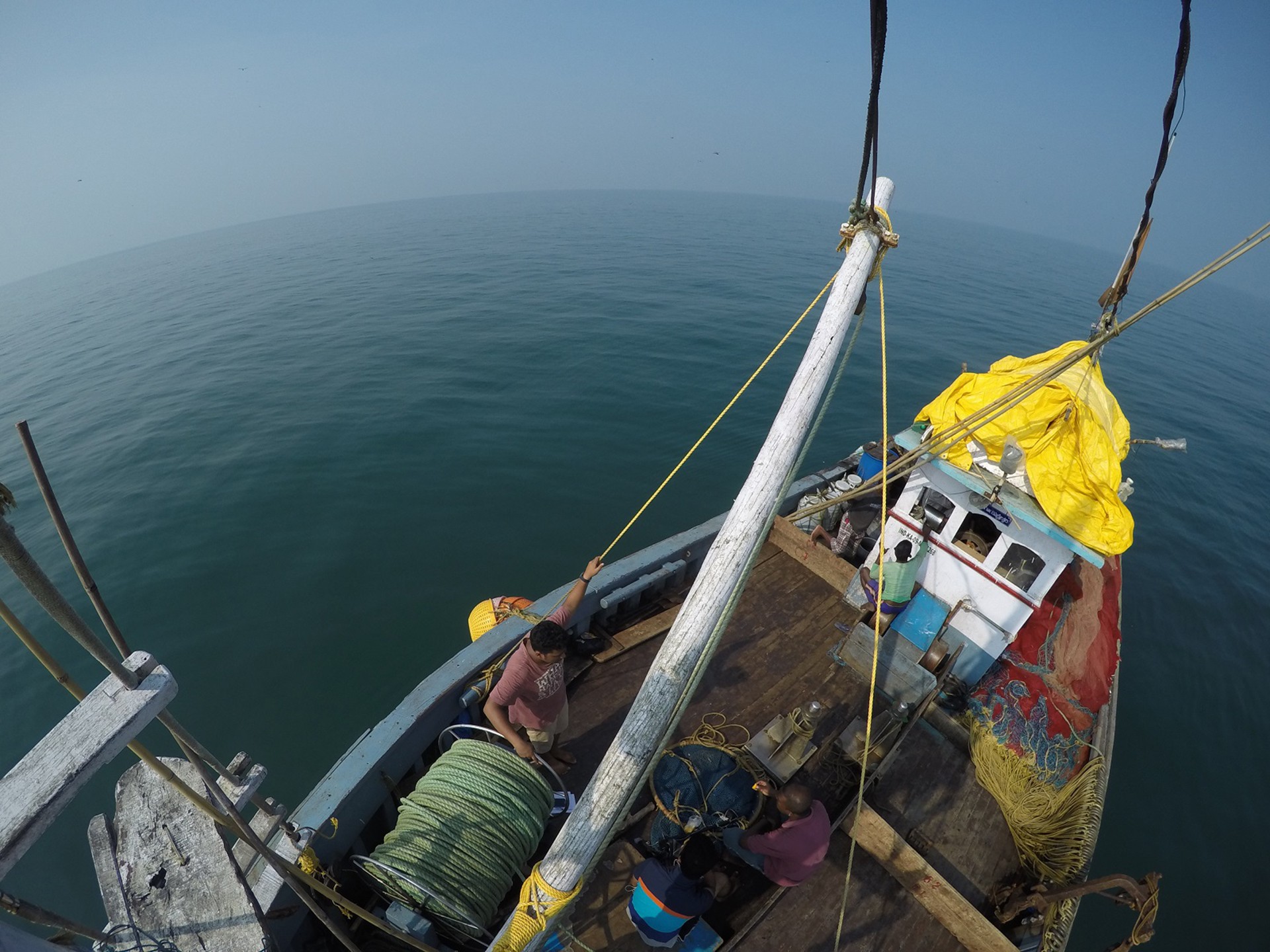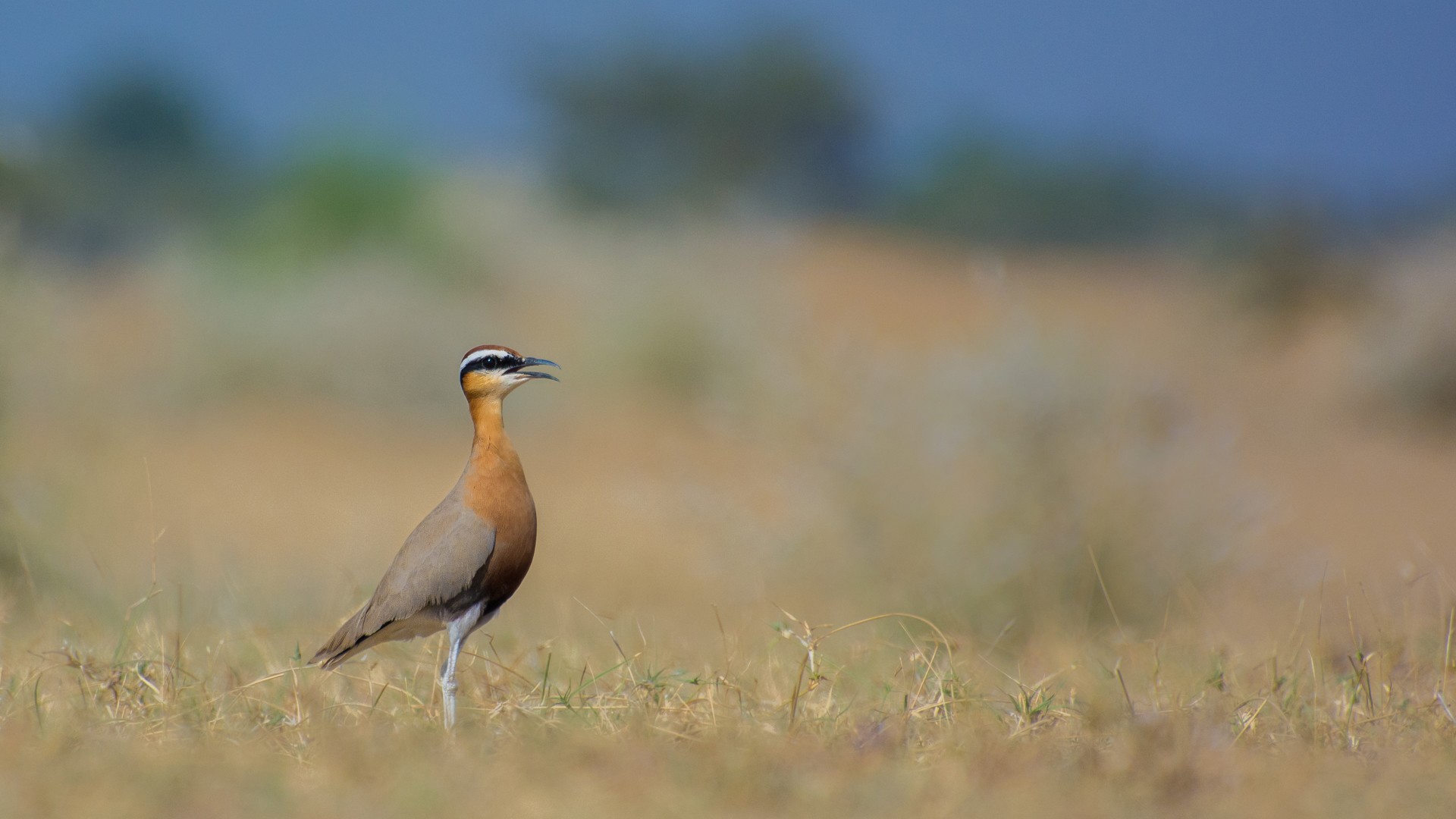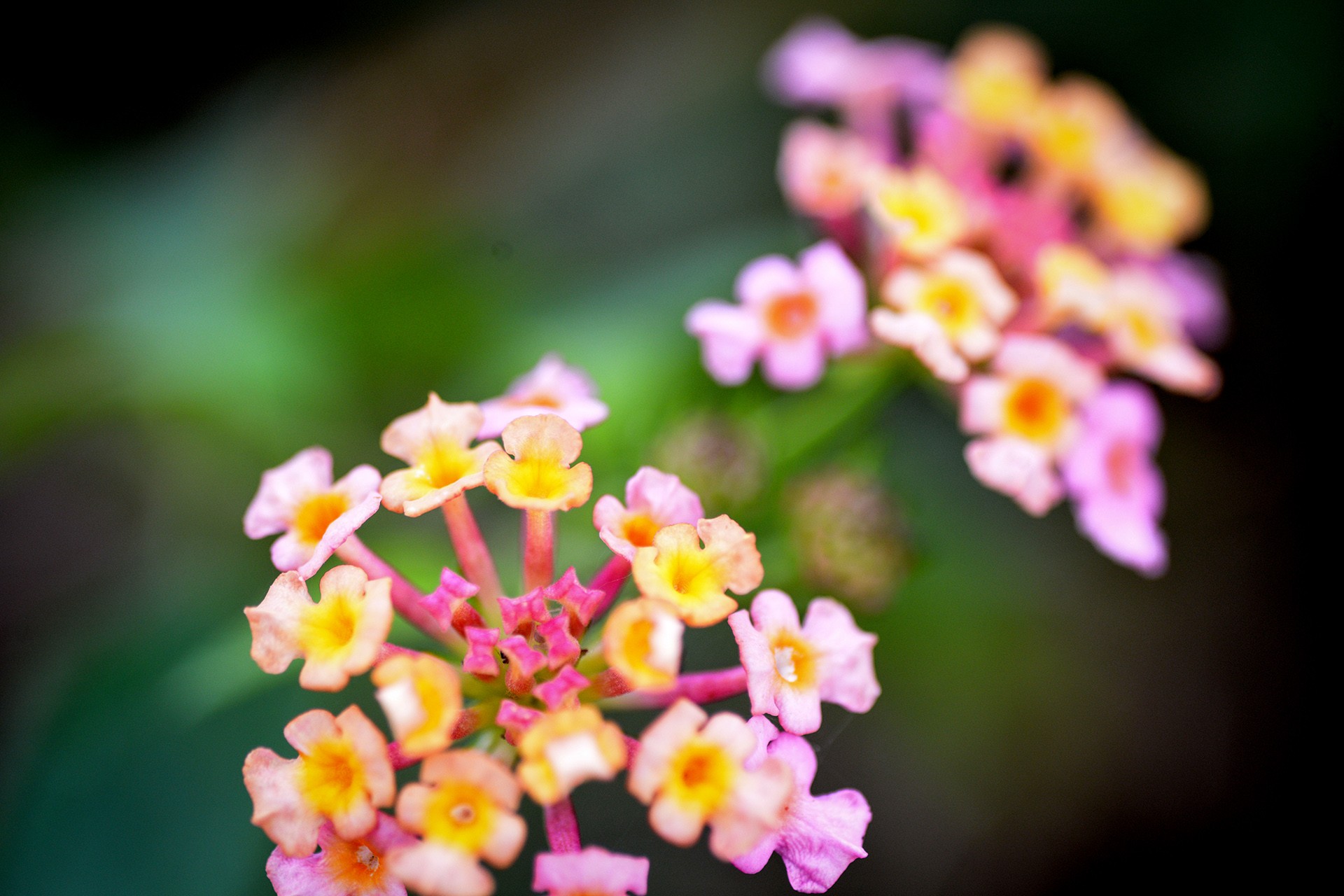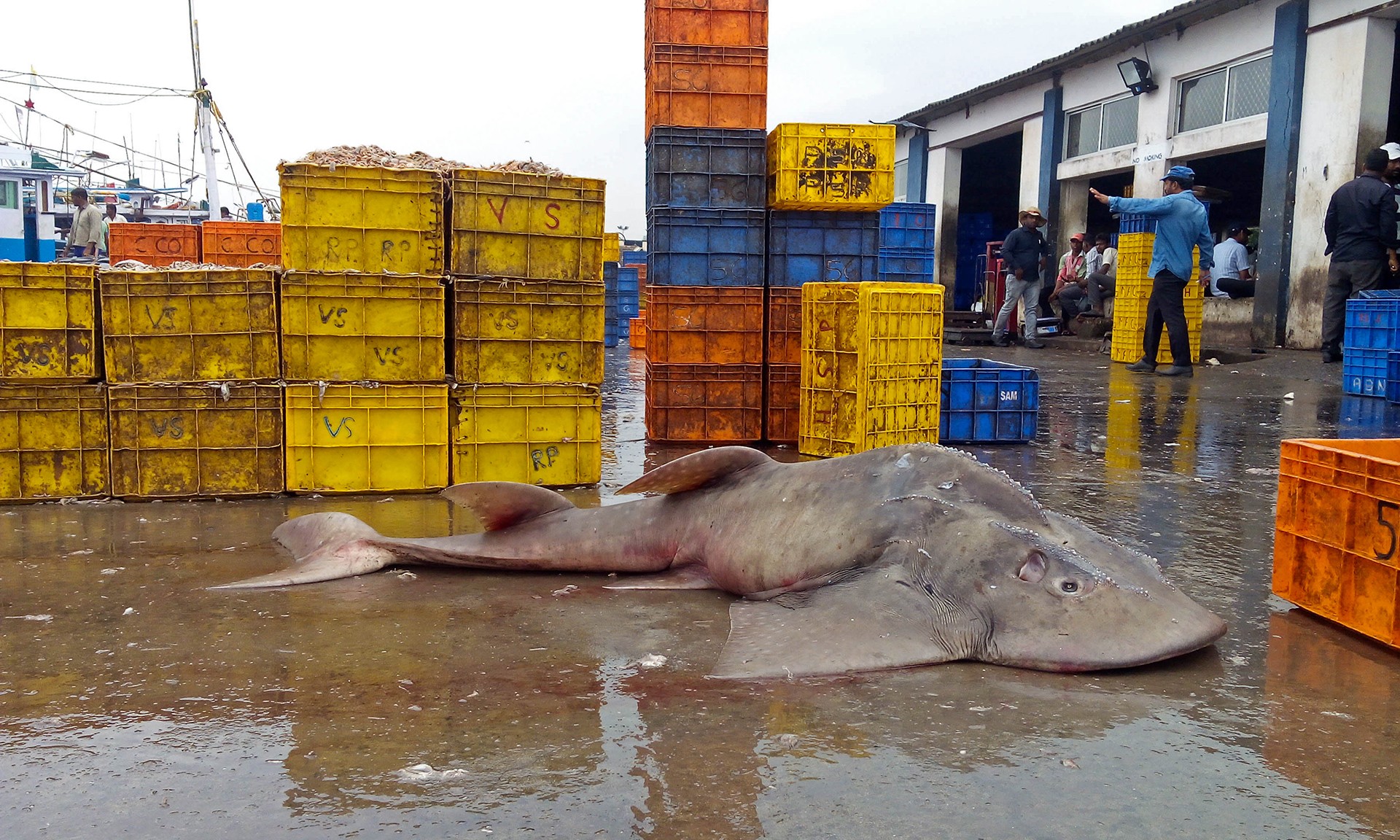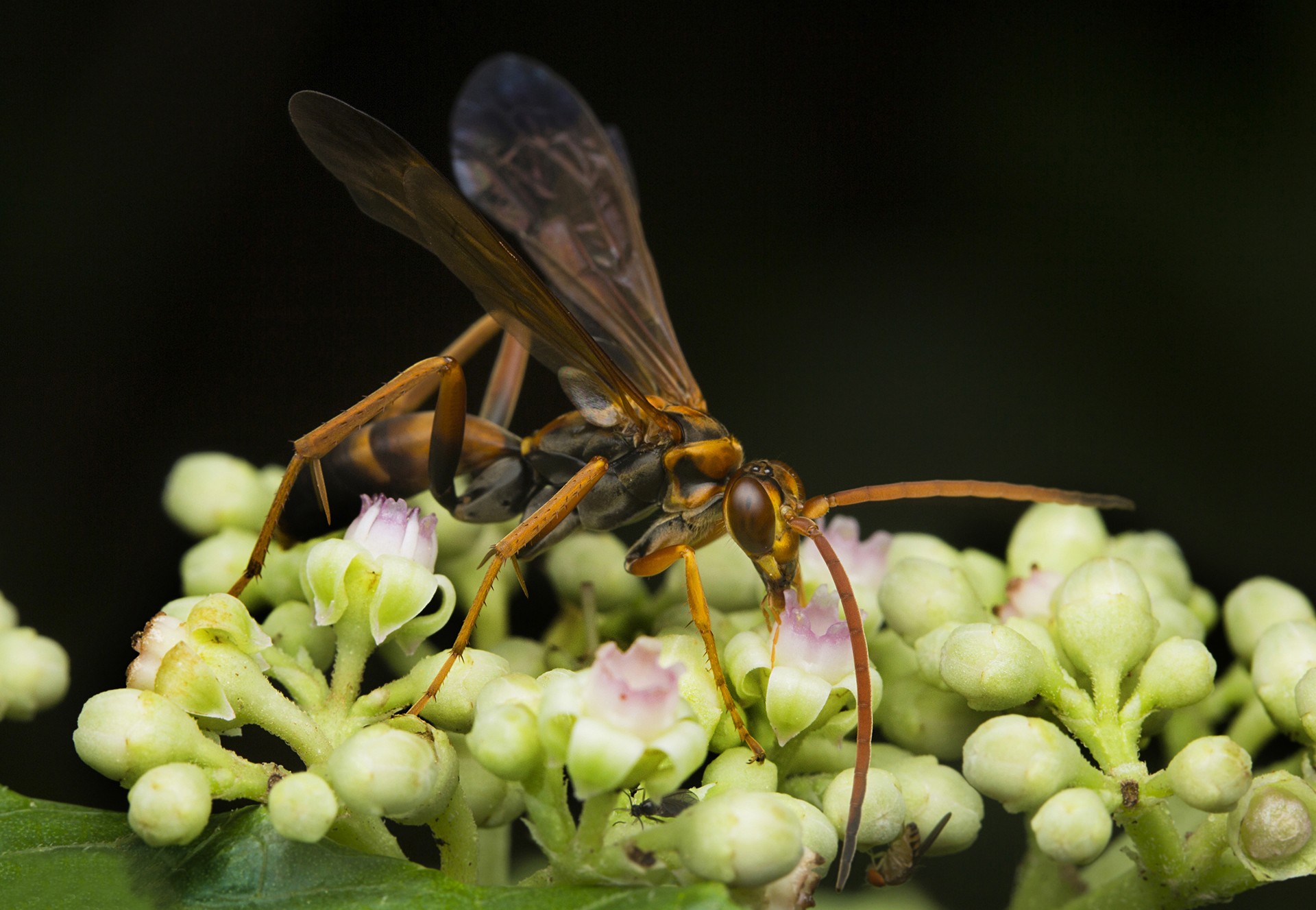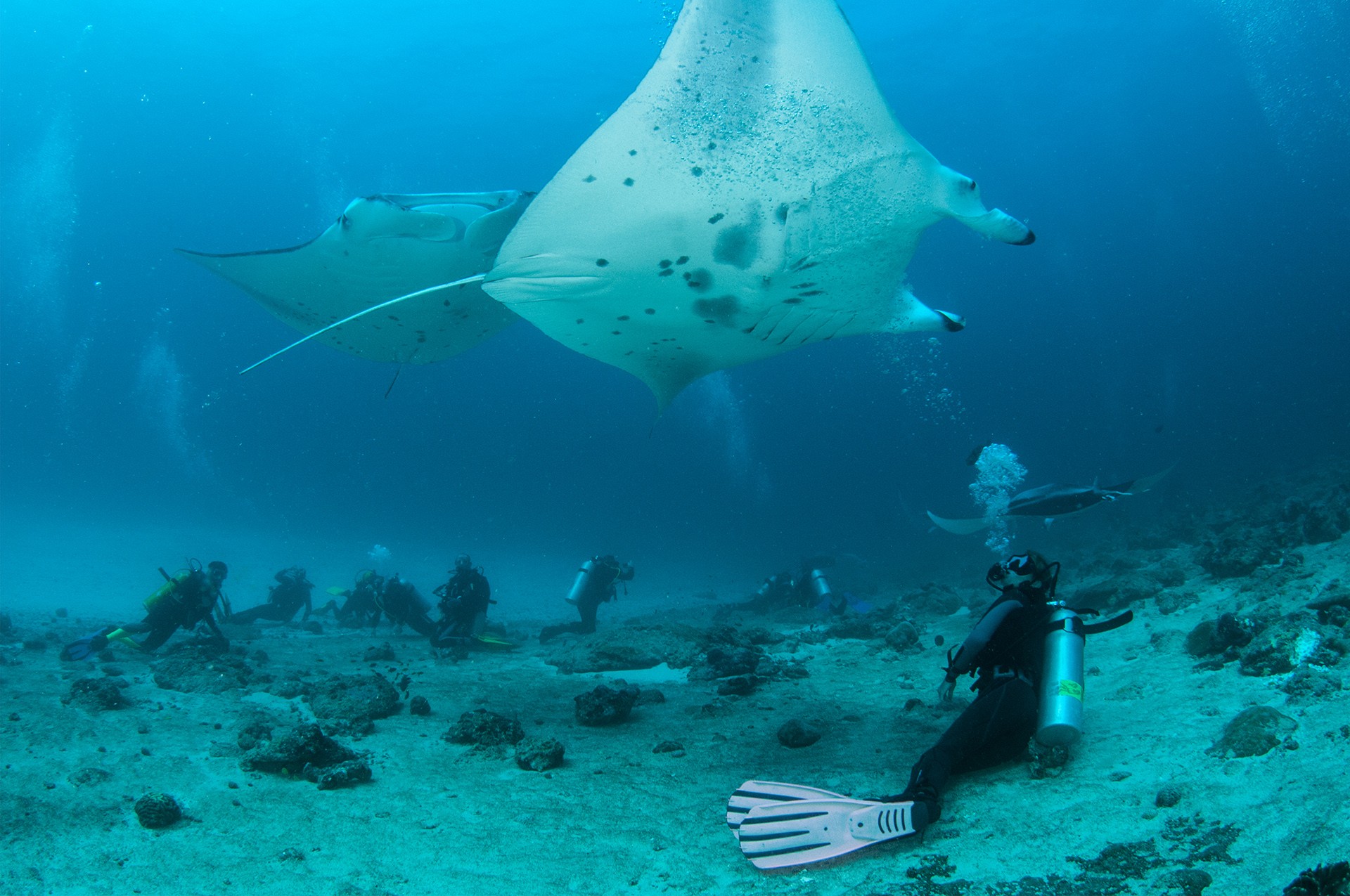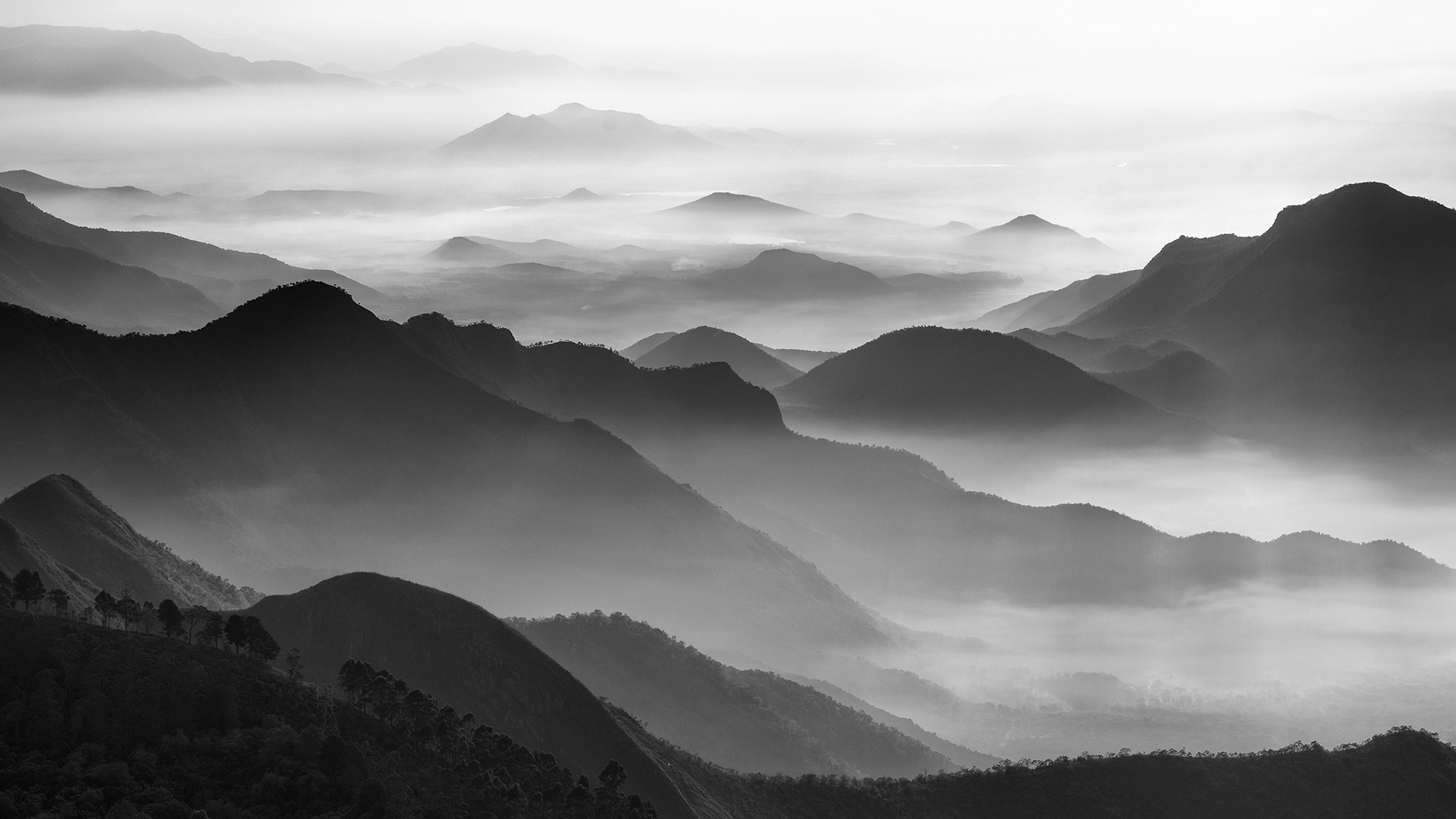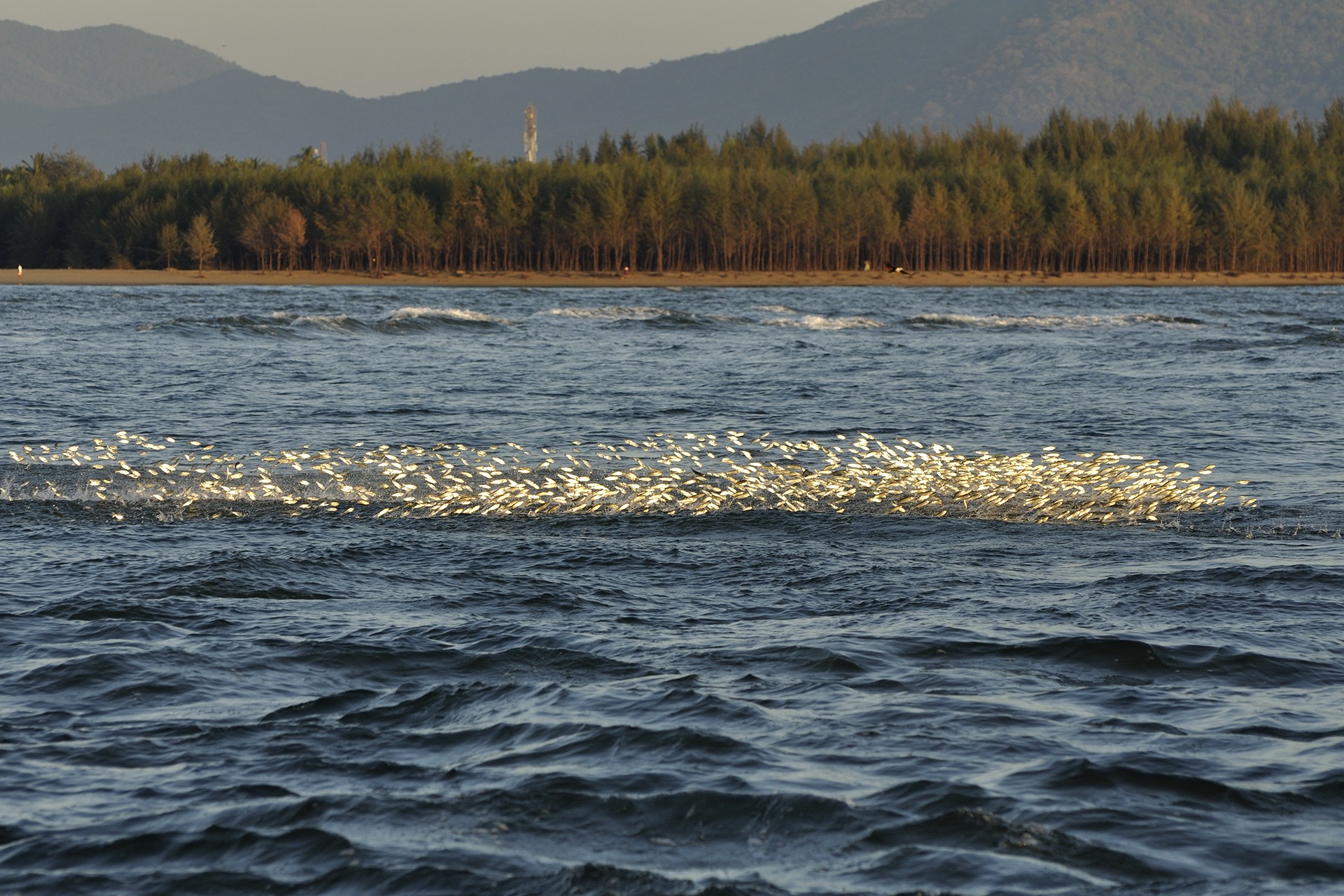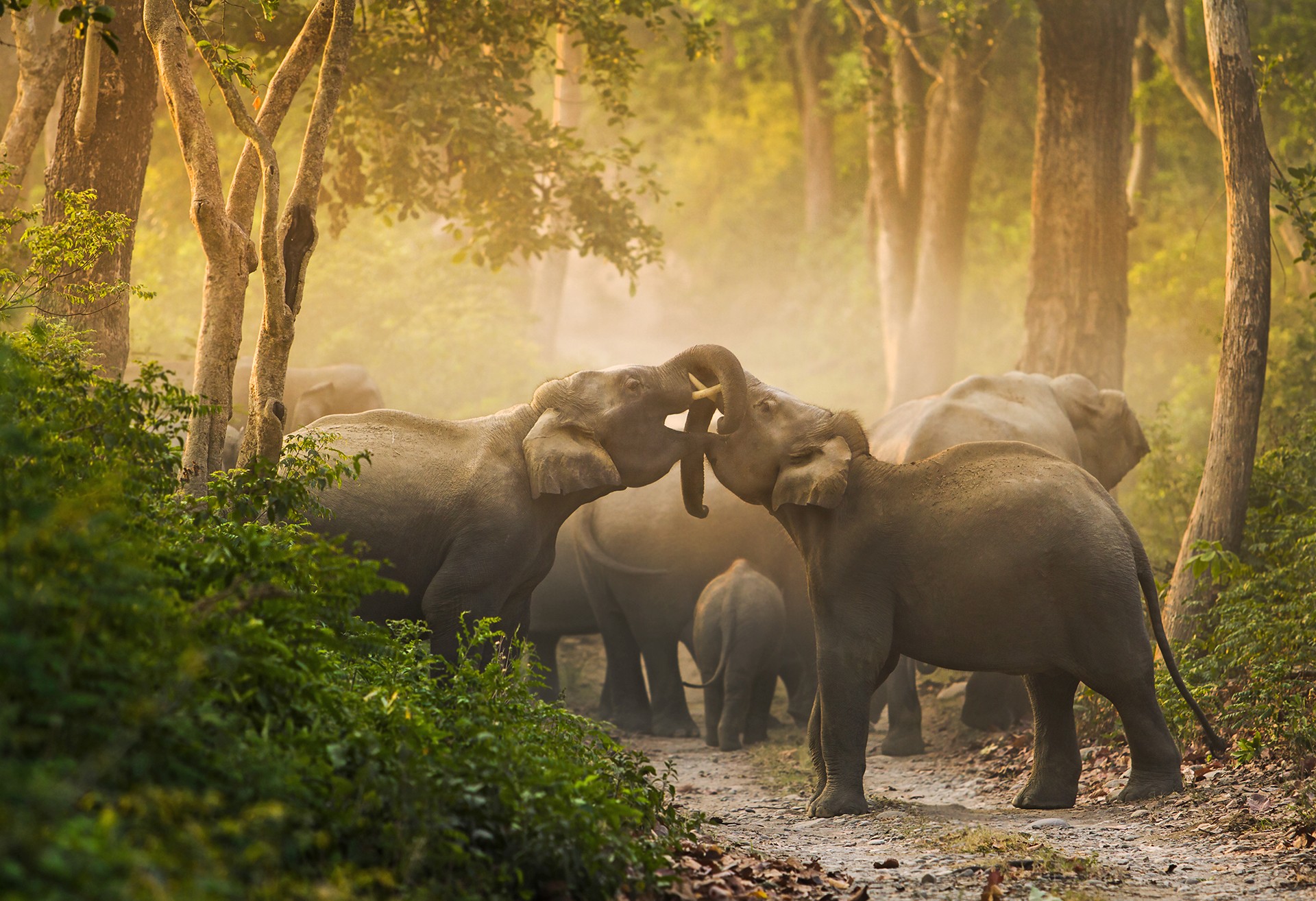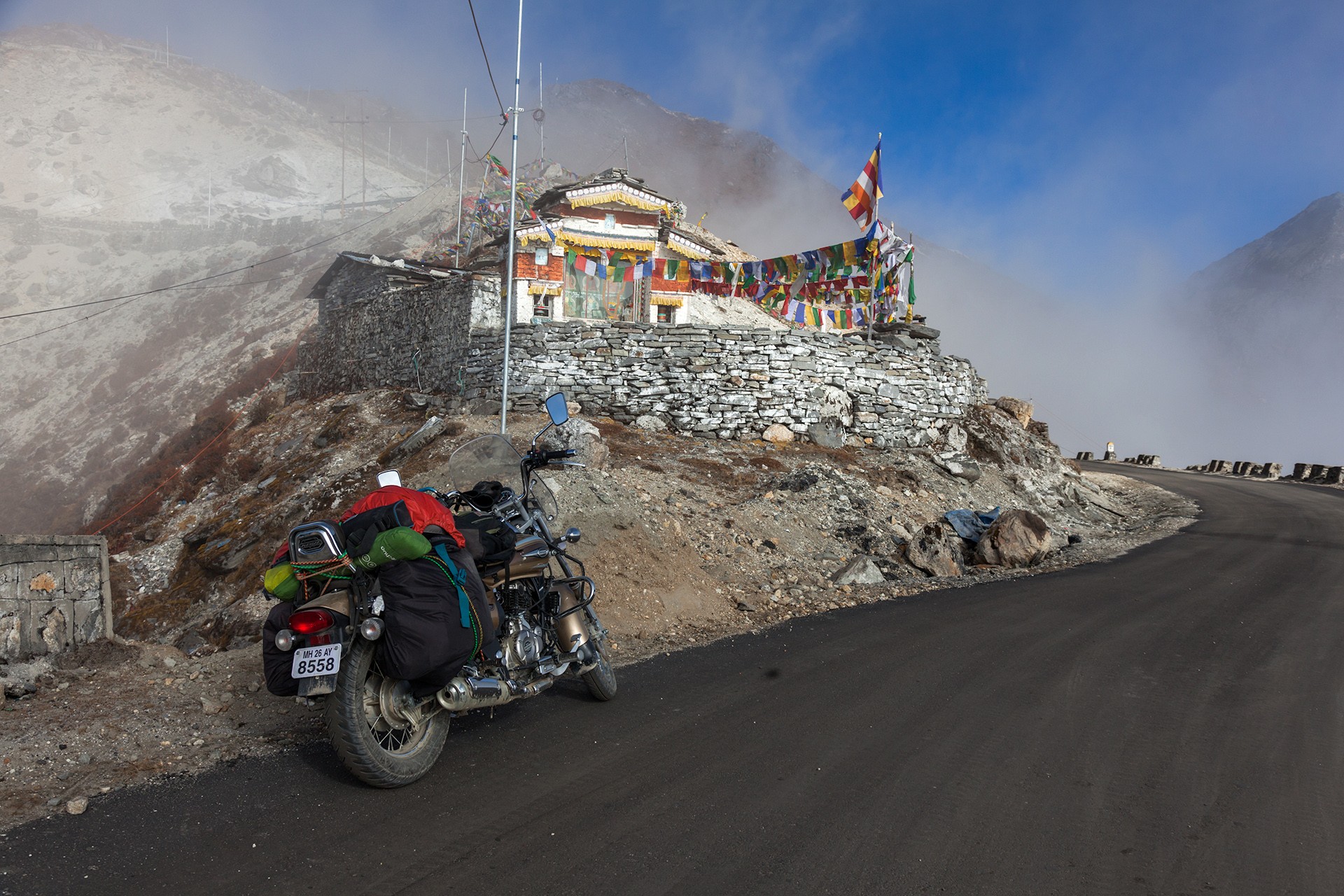Birthdays are the best time to make big plans for the year ahead, and we’ve already got some great ideas for the coming months (so watch this space!). But they’re also a moment to look back and reflect on the year that was. As Nature inFocus turns one today, the founders and everyone on the editorial team got together to pick which stories – published over the last 365 days – stayed with us the most. What drew us back, asking to be read, and re-read, many times over? And why? Because we couldn’t choose just one, here’s two picks each from all of us. Dear readers, we counted yours too.
ROHIT VARMA, CO-FOUNDER
An Imperial Song – Sagar Gosavi
This photographer invested so much time and effort – more than six years! – to pursue the elusive Imperial Heron. We are swept up in the adventure, reading about how he trekked for days to get to the right spot to finally see this rare, critically endangered bird. And to top it all, the photographs are great, probably the best we’ve seen of this species.
The Land of the Lesser Florican – Ajay Gadikar
What strikes me here is the sense of purpose in this story. The writer is not a scientist or a researcher – he is a birdwatcher, but he has gone to such lengths to understand and document the natural history of the Lesser Florican, to know its grassland habitat, and the threats it faces. Truly, this is is how stories (photo-based and otherwise) should be conceived – as long-term documentation projects focused on a single subjects or species.
KALYAN VARMA, CO-FOUNDER
Corridors of Critical Importance – Girish Arjun Punjabi
Everyone talks about tigers and how amazing certain parks are for tigers. But very few people understand that to really have a future for the tiger, it is the connectivity that is most important. This article really illustrated that.
Jobs That Allow You to Work With Nature – Team Nature inFocus
When I wanted to start my professional career in wildlife, I had no idea where to look and neither did I know about the opportunities that were out there. This article summarises the amazing things one can do if one is interested in a career in wildlife. Even for someone like me, who has been working in this space for more than a decade, it was amazing to know about all the options open to people today.
SEJAL MEHTA, EDITOR-IN-CHIEF
The Secret Life Of Canopies – Sangeetha Kadur
One of the many advantages of a digital format is the freedom to add audio to a story. While it is interesting enough to understand different types of canopies, and what lives in them, it upped the game for us that we could incorporate calls of those creatures so you were able to listen to them. I love reader interaction, and this series had readers photographing canopies and sending us photos on social media for weeks. Not to mention, Sangeetha’s gorgeous art sealed it for me.
The Olive Ridley Undertaker – Umeed Mistry
In a website that insists on researched stories reported from the field, I am always fascinated by the people in or behind those stories. I am curious about the triggers that make those people do what they do. Umeed Mistry brought us this piece about a man whose job it is to bury the Olive Ridley turtles that die in large numbers during nesting season on a beach in Odisha. The use of black-and-white photographs adds to the already-compelling story of Kulmohan Sahu.
RADHA RANGARAJAN, PHOTOGRAPHY EDITOR
The Fisherfolk Connection – Abhishek Jamalabad
Most wildlife enthusiasts have one (or more) species that they love and adore, but have never managed to see in the wild. They have several close calls, many 'just-missed-it' incidents, but no sightings. For me its a chameleon! And a wolf. For this and many other reasons, Abhishek's quest for orcas off the coast of Karwar was so relatable and endearing to me. I was charmed by how he struck up a friendship with people from the local seafaring communities. The subtle humour in this piece makes it a delight to read. And just look at those gorgeous identification charts in Kannada.
Birds of a Different Feather – P Jeganathan
One of our Guest Editors this year, 7-year-old Anshul Vaidya, posed a tough question to us. If ground-dwelling birds like the Indian Courser are under threat because their eggs are destroyed by farming activities, why don’t they lay their eggs on trees instead? How to explain? It is one thing to write about evolution; it is quite another to explain it so lucidly to a child. My first thought went to P Jeganathan of NCF. Jegan was thrilled that a child was attempting to understand such a complex subject and wrote a piece in the form of a letter I could read over and over again. The way he explains the concept in the simplest of words is a thing of beauty.
AMRITA GUPTA, ASSOCIATE EDITOR
Weed This Carefully – Shamsheer Yousaf
How can a pretty shrub like lantana be so perilous to our forests? And what do a few flowering plants have to do with the food security of tribal communities? I asked journalist Shamsheer Yousaf to unpack some complex issues for our Young Tusks. “I have to confess that I have no experience writing for children, but I can give it a shot,” he told me. Then he sent in this wonderful story explaining exactly why invasive species are dangerous for the ecosystem. Weed on.
Harbouring Concerns – Shishir Rao
There are 1,511 landing centres situated along the 6,100 km-long mainland coastline of India. Shishir Rao sent us this dispatch from one of them – Mangalore. Through his story, we get a glimpse of just how brutally we are emptying our seas to fill our plates. It’s easy for a platform for nature and wildlife stories to be a visual treat, and that’s why it’s so important to me that we champion pieces – and photographs – that also challenge us, disturb us, and ultimately, force us to hold ourselves accountable.
AADYA SINGH, FEATURES WRITER
Wasps vs Spiders – Rajesh Sanap and Anuradha Joglekar
This story about the interactions – mostly deadly, always fascinating – between spiders and parasitoid wasps is a real deep dive into some intriguing natural behaviour. The photographs tell such a dramatic story, too! Who knew wasps could be such badasses?
M For Manta. M For Magic – Chetana Babburjung Purushotham
What worked for me in this story was the interplay between Umeed’s underwater photographs and Chetana’s brilliant prose. I was spellbound reading about this “gentle giant, who often entertains requests by shelter-seeking hitchhikers like juvenile fish and remoras… as it travels through the tropical seas.”
SHIVANI SP, COMMUNICATIONS EDITOR
Metamorphosis of a Landscape – Ian Lockwood
The Western Ghats reveal their secrets to you, provided you give them enough time. Ian Lockwood’s photographs of the degradation, loss and the beauty that perseveres in the Palani Hills, are stunning compositions in black-and-white. I, too, have spent some years in the hilly regions of South India, and I’ve seen the landscape change before my eyes.
Why We Must Protect Our Oceans – Siddharth Chakravarty
I grew up on the coast, so Sunday beach visits, blazing sunsets and salty monsoon winds formed the core of my childhood. As with any romance, the need to protect what you love is instinctive. This story resonated deeply with me.
READERS’ CHOICE
Dhikala – Anuradha Marwah
This guide to Dhikala is our most read story on the site to date. It’s no surprise at all – who doesn’t want to know more about the most popular zone in Corbett, India’s first national park! If you’re hoping to visit next summer, trust us, it pays to start planning now. Here’s everything you need to know before you go.
Riding Solo in the Himalayas – Samyak Kaninde
A software engineer from Pune quit his job and decided to go on a road trip of a lifetime – 93 days and 14,000 kilometres later, he had these stunning photographs to share with us from his journey across the Himalayan arc. Of course you were inspired. Here’s the photo-story that got the most shares, likes, and comments this year.
